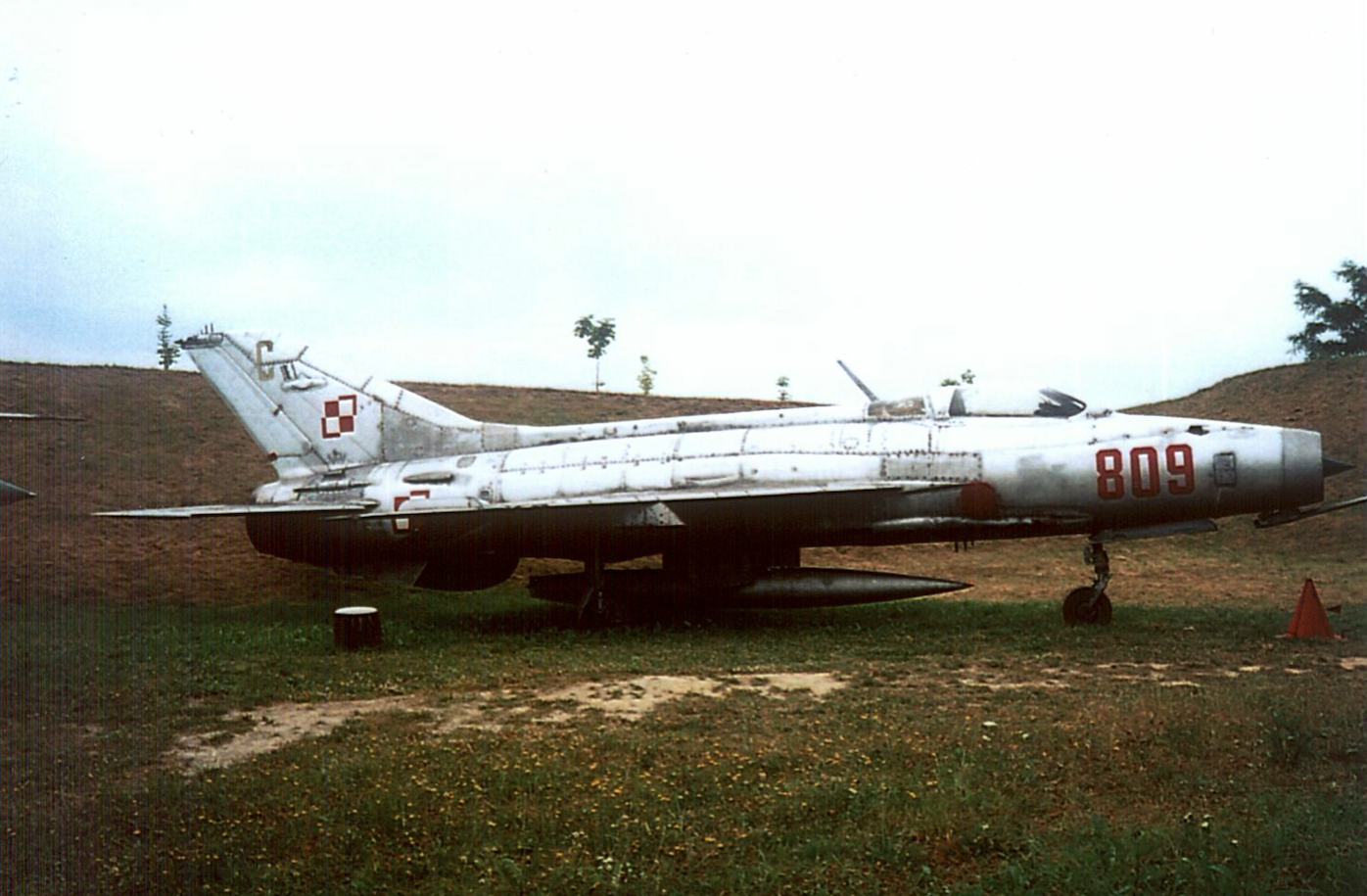F13 Jet Fighter - A Northrop Aviation YF-17 technology demonstration aircraft in flight during the 1976 Flight Research Program at NASA's Dryden Flight Research Center, Edwards, California.
Why did it happen to US Air Force F-13 or F-17 fighter jets? Markings on military hardware can be particularly confusing at times. Example: M1. If we talk about armored vehicles, of course there is the M1 Abrams tank (MBT), but there was also the M1 armored car and the M1 battle car. It's more confusing because there was also an M1 Garand, an M1 Carbine, an M1 Thompson Submachine Gun, an M1 Single Rocket Launcher, an M1 Flamethrower, an M1 Bayonet, and an M1 Steel Helmet.
F13 Jet Fighter

In the latter case, it should be added that the M1 helmet actually replaced the M1917A1 helmet; just as the M1 Abrams replaced the M60 MBT. Therefore, the M1 is often not the first piece of suitable military equipment.
Mikoyan Gurevich Mig 21
During World War II, fighter names were even more confusing because the United States Army Air Forces and the United States Navy were generally not the same thing.
The US military attempted to simplify the aircraft naming game during the Cold War by introducing a tri-service aircraft designation system in 1962. separate nomenclature systems. Almost all aircraft receive a uniform designation, whether operated by the United States Air Force (USAF), United States Navy (USN), United States Marine Corps (USMC), United States Army, or United States Coast Guard States (USCG). Test machines used by manufacturers or NASA are also often given the X series designations of the triservice system.
This included A for attack aircraft, B for bombers, C for cargo, E for special electronics installation, F for fighter, K for tanker, L for laser-equipped, O for surveillance, P for maritime patrol, R for reconnaissance, S for anti-submarine warfare, T for trainer, U for utility, and X for the aforementioned special research.
However, this system was not perfect and caused confusion with multi-role aircraft such as the F-35. However, in general, attack aircraft (A) are designed primarily for air-to-ground missions, while F would be both fighters and aircraft that can be used for attack missions. Additionally, the F is still used only as a designation for attack aircraft, including the F-111 Aardvark and F-117 Nighthawk.
A Dangerous Act': How A Chinese Fighter Jet Intercepted An Raaf Aircraft And What Happens Next
The introduction of the Tri-Service aircraft marking system essentially reset the F-# sequence. This actually coincided with the development of the American "Teen Series" fighters built for the US Air Force and US Navy during the Cold War.
These included the Grumman F-14 Tomcat, the McDonnell Douglas F-15 Eagle, the General Dynamics F-16 Fighting Falcon and the McDonnell Douglas F/A-18 Hornet – and subsequent versions. However, failed experimental and prototype fighters are generally not considered part of the series.
Additionally, the F-13 and F-19 designations were never issued. It is claimed that the F-13 was not used due to the problem of "Triskaidekaphobia" or the fear of the number 13; while the F-19 remains one of speculation that there may have been an experimental aircraft that was never announced.

It should also be noted that during the development of the YF-20, the Tigershark Northrop was offered the F-19 designation, but ended up with an even number because so many Soviet aircraft had odd numbers at the time!
Republic Of Singapore Air Force Refuels With 92nd Arw > Pacific Air Forces > Article Display
Although there was never an F-17, there was the YF-17 Cobra, a light fighter prototype designed by Northrop Aviation for the US Air Force's Light Fighter (LWF) technology evaluation program in the late 1960s.
This program was initiated because many in the combat community believed that aircraft such as the F-15 Eagle were too large and expensive for many combat missions. Thus, the YF-17 was the culmination of a long line of Northrop aircraft that began with the N-102 Fang in 1956 and continued through the F-5 family. However, the YF-17 lost the competition to the F-16 Fighting Falcon, but was still selected for the new Naval Fighter Attack Experimental (VFAX) program.
Northrop partnered with McDonnell Douglas, and the enlarged aircraft became the F/A-18 Hornet, which was adopted by the US Navy and US Marine Corps to replace and complement the A-7 Corsair II and F-4 Phantom II. more expensive F-14 Tomcat.
Today, two of the FY-17 prototypes are preserved in museums, including one at the Western Museum of Flight in Torrance, California; and another at Battleship Memorial Park in Mobile, Alabama.
The Iconic Mig 21 \
1945 Senior Editor Peter Suciu is a Michigan writer who has worked for more than four dozen magazines, newspapers and websites, publishing more than 3,000 articles in a twenty-year journalism career. He writes regularly on military hardware, firearms history, cyber security and international affairs. Peter is also a contributing writer for Forbes. You can follow him on Twitter: @PeterSuciu.
Expert Biography: 1945 Senior Editor Peter Suciu is a Michigan writer who has worked for more than four dozen magazines, newspapers and websites, publishing more than 3,000 articles in a twenty-year journalism career. He writes regularly on military hardware, firearms history, cyber security and international affairs. Peter is also a contributing writer for Forbes. You can follow him on Twitter: @PeterSuciu.
Second degree assault washington state, 2nd degree assault sentence, 2nd degree aggravated assault, 2nd degree assault mn, 2nd degree assault, 2nd degree assault definition, 3rd degree assault washington state, 4th degree assault washington state, 2nd degree felony assault, 4th degree assault washington, what is assault 2nd degree, 2nd degree assault charges